Growing Generic Drug Market
The hydroxychloroquine market is also influenced by the expansion of the generic drug market. As patents for branded versions of hydroxychloroquine expire, generic alternatives are becoming more accessible and affordable. This shift is expected to increase market penetration, with generics potentially capturing up to 40% of the market share within the next few years. The hydroxychloroquine market stands to benefit from this trend, as lower prices may lead to higher consumption rates among patients and healthcare providers.
Advancements in Pharmaceutical Research
Innovations in pharmaceutical research are significantly impacting the hydroxychloroquine market. Ongoing studies are exploring new therapeutic applications and combinations with other drugs, which may enhance the efficacy of hydroxychloroquine. This research is expected to expand the market's scope, potentially increasing its value by an estimated $500 million over the next five years. As new findings emerge, the hydroxychloroquine market could witness a shift in treatment protocols, leading to increased adoption among healthcare professionals and patients alike.
Increased Focus on Preventive Healthcare
The hydroxychloroquine market is benefiting from a broader trend towards preventive healthcare. As healthcare systems emphasize the importance of early intervention and management of chronic conditions, hydroxychloroquine is being recognized for its role in preventing disease progression. This shift is likely to drive demand, with the market expected to grow by 6% annually. The hydroxychloroquine market is thus positioned to capitalize on this trend, as healthcare providers increasingly recommend hydroxychloroquine as part of comprehensive treatment plans.
Regulatory Support for Drug Accessibility
Regulatory bodies are increasingly supporting initiatives aimed at improving drug accessibility, which positively impacts the hydroxychloroquine market. Recent policies have focused on streamlining approval processes for essential medications, including hydroxychloroquine. This regulatory environment is likely to enhance market growth, with projections indicating a potential increase in market size by 7% over the next few years. The hydroxychloroquine market is thus expected to thrive as these supportive measures facilitate easier access to treatments for patients in need.
Rising Demand for Chronic Disease Management
The hydroxychloroquine market is experiencing a notable increase in demand due to the growing prevalence of chronic diseases such as rheumatoid arthritis and lupus. As healthcare providers seek effective treatment options, hydroxychloroquine has emerged as a preferred choice, contributing to a projected market growth of approximately 5% annually. This trend is further supported by the increasing awareness among patients regarding the benefits of hydroxychloroquine in managing their conditions. Consequently, the hydroxychloroquine market is likely to see a surge in sales as more patients are diagnosed and treated, thereby driving revenue for manufacturers and suppliers.


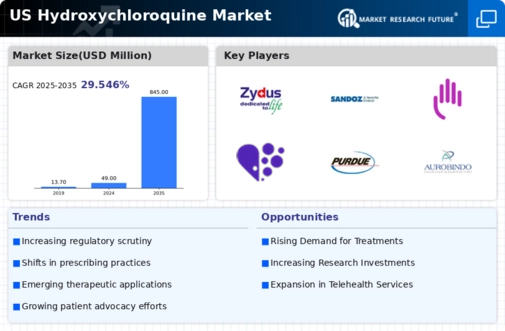
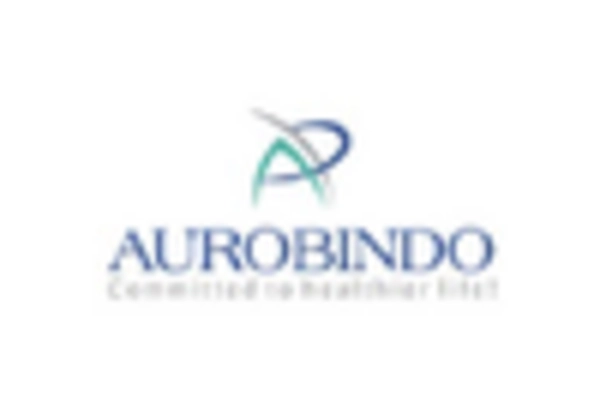
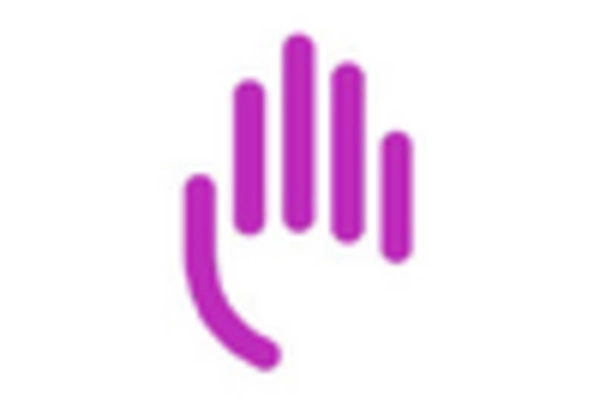
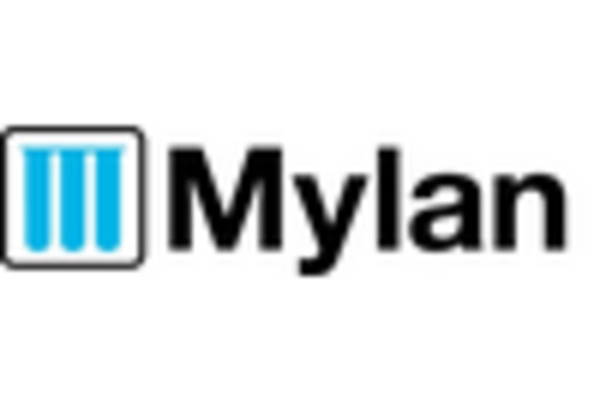

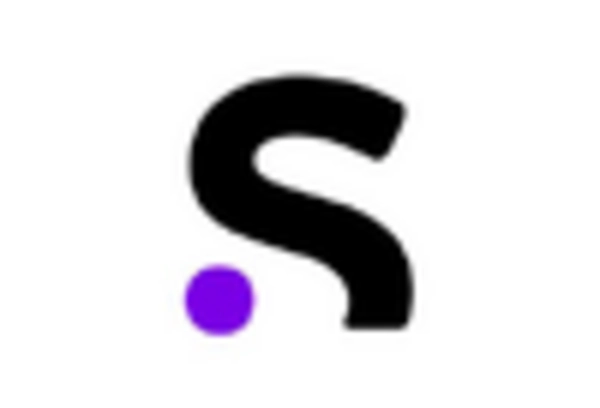
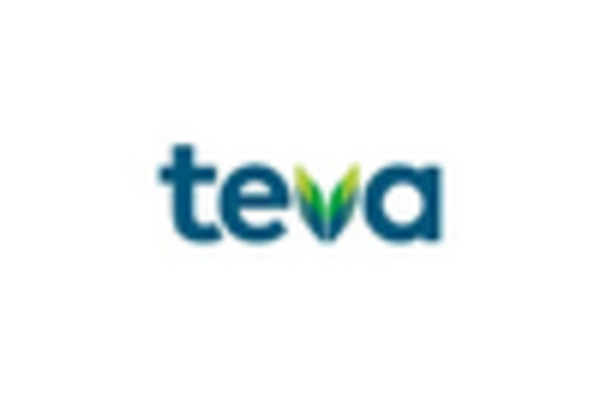








Leave a Comment